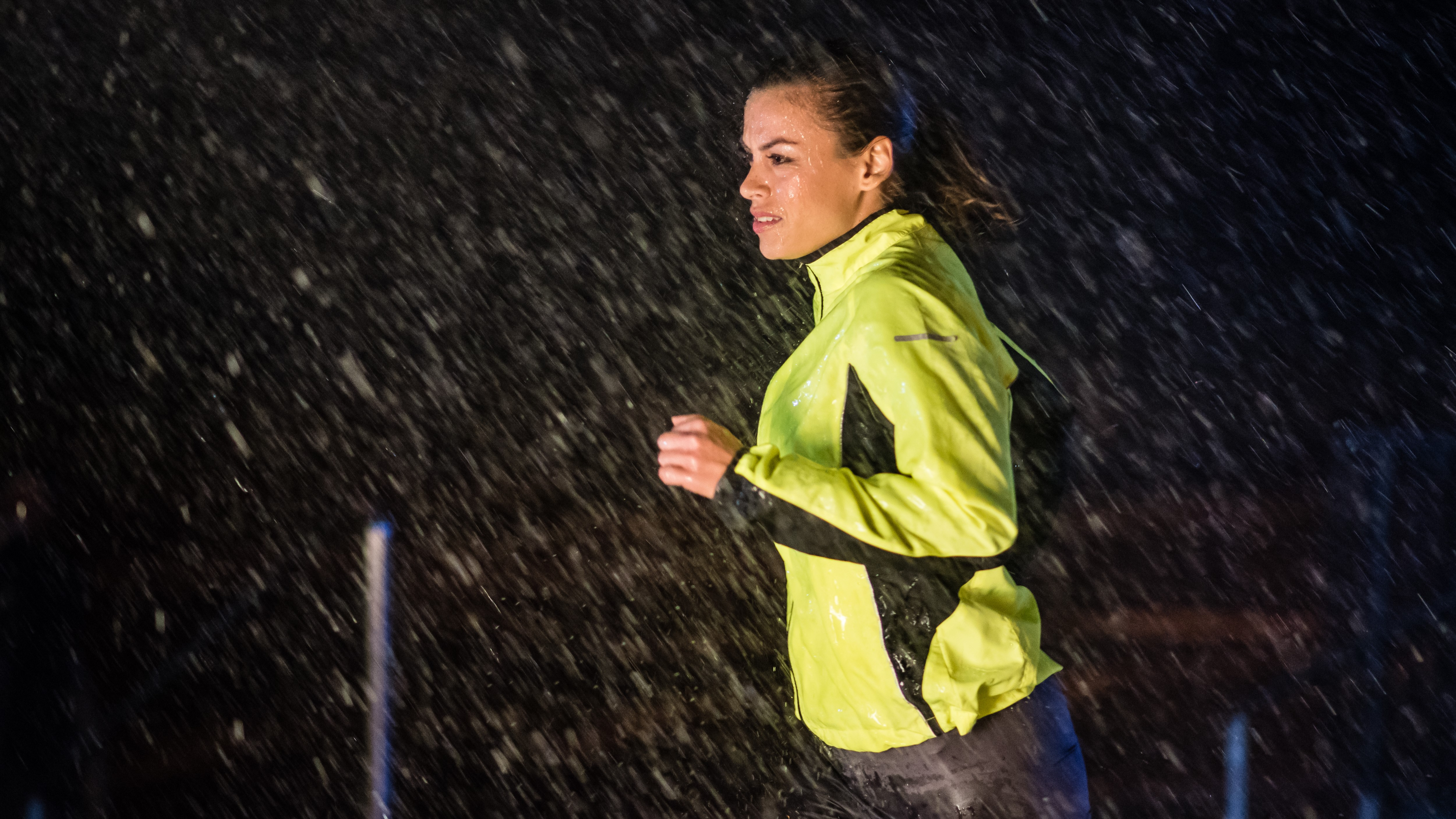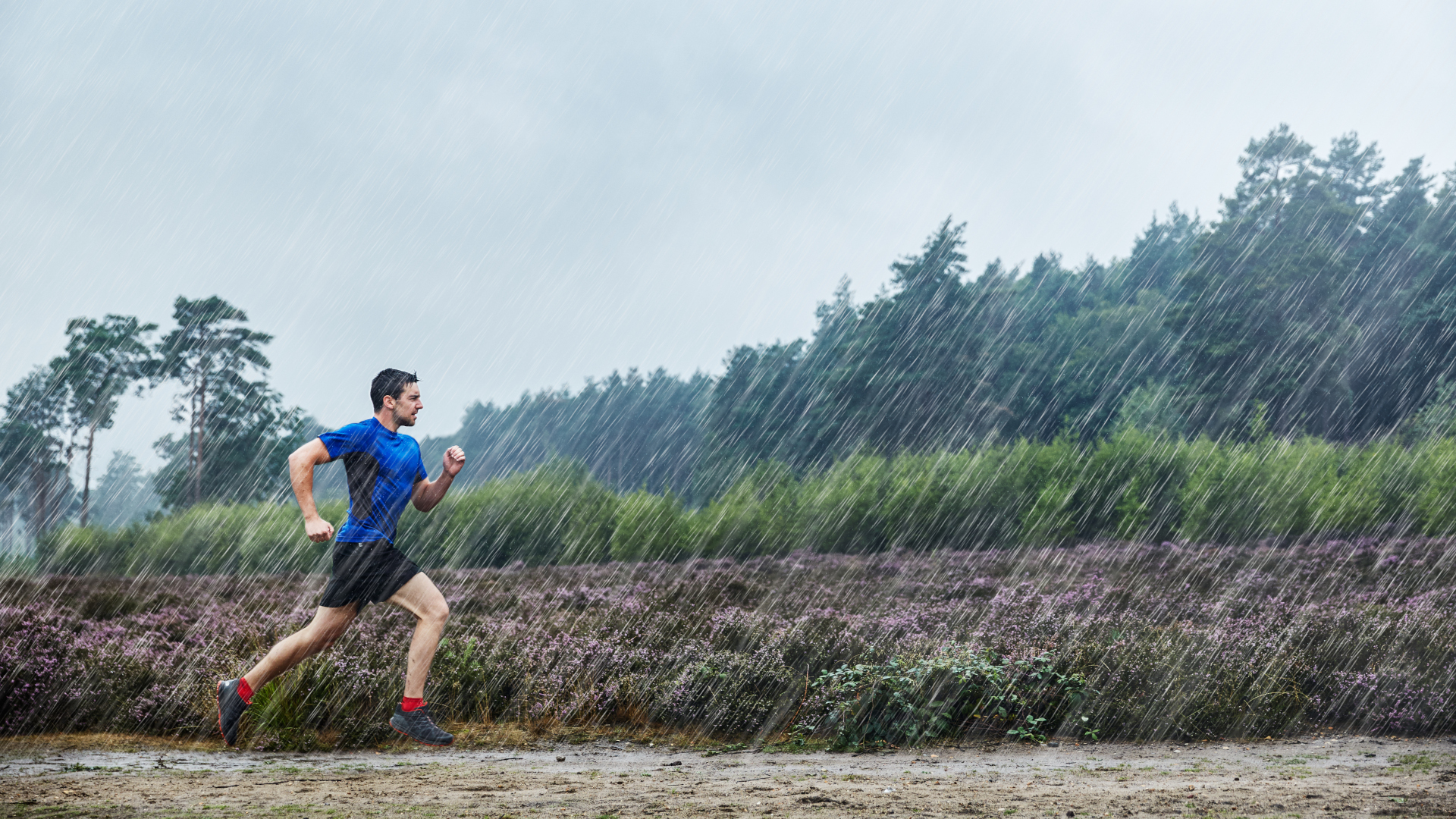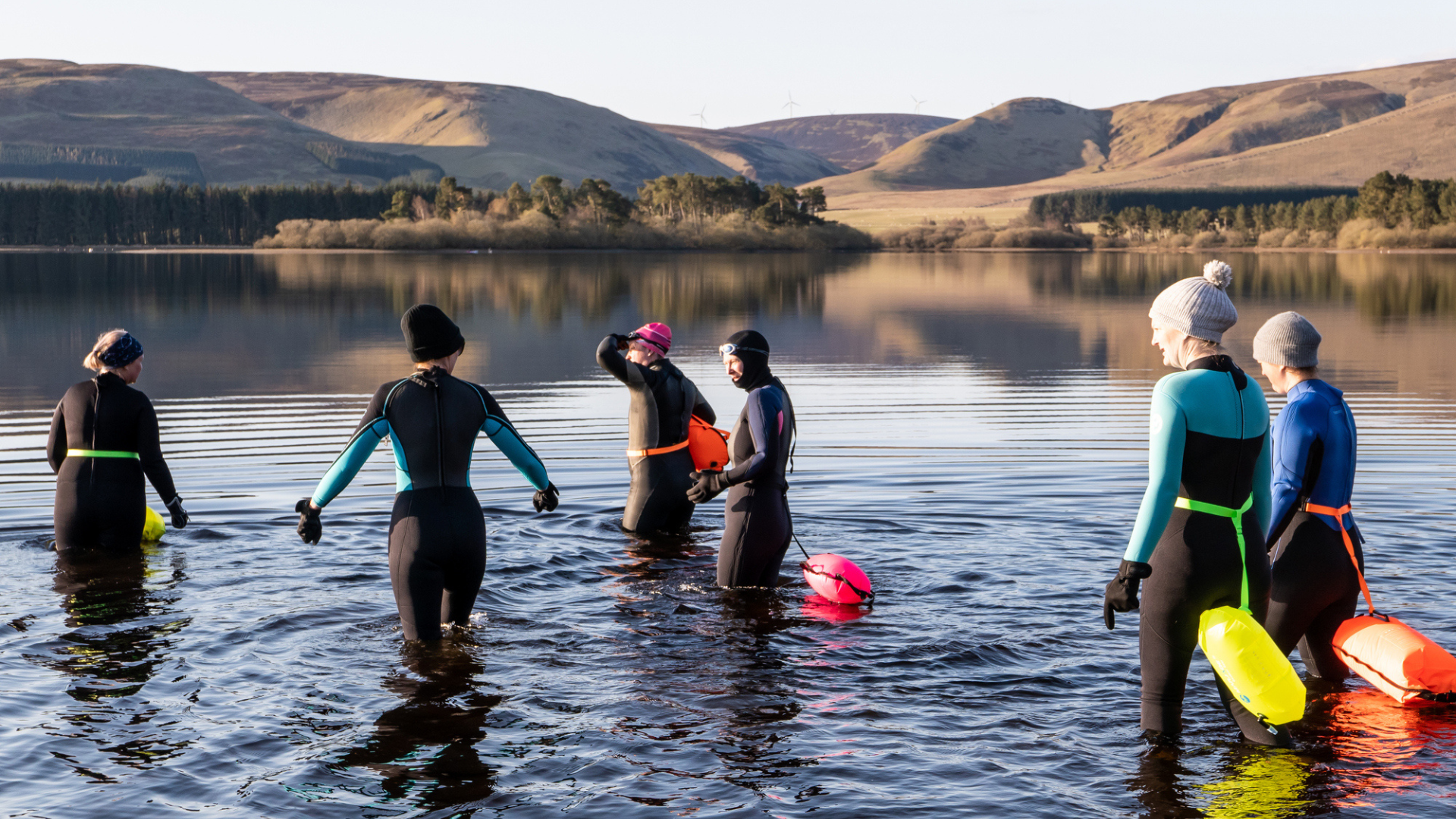Do you need a waterproof running jacket?
Wet weather protection means you sacrifice breathability, but is it worth it?

Running in the rain isn't everyone's cup of tea. Some runners, myself included, love striding out when it’s chucking it down, while others can’t stand splashing through puddles and getting soggy running socks and squelchy shoes. So can you make matters more comfortable by investing in a waterproof running jacket?
A waterproof running jacket is, typically, an optional piece of kit. Though you absolutely need a pair of road running or trail running shoes and some stretchy clothes to get started, a running jacket isn’t usually required for fair weather and shorter distances. But once you start to go further afield and spend longer days on the go, you might be looking into more protective clothing, and wondering if full waterproofing is really necessary?
In this article, we look at the pros and cons of waterproof running jackets and explain when one can be a life saver, when you can leave it at home, and provide some other options for wet weather protection.

The pros of a waterproof running jacket
The main advantage of wearing a waterproof running jacket such as my North Face Lightriser Futurelight is, well, that it’s waterproof. If you are running in heavy rain, a running jacket made from a breathable waterproof membrane and treated with DWR should be snug-fitting with a hood and will protect your head, arms and torso from the rain.
It’s practically impossible to avoid getting a bit wet on a run. If it’s not raining, you still sweat, and if it is raining, your legs will still get soaked. But the main benefit of protecting your upper half from the wet weather is that if it’s also cold, or you’re going to be out there a long time, you can preserve some warmth around your vital organs, whilst soaking wet running tops and sports bras can also end up chafing.

The cons of a waterproof running jacket
Unfortunately, there is a downside to wearing a waterproof running jacket, and it’s a big one. Even with the most breathable waterproof jackets, like the R7 Gore-Tex Shakedry Trail Hooded Jacket which we gave five stars, you do lose some breathability. That means that if you’re working up a sweat, which you likely will be when you’re running, you’ll be building up moisture, AKA getting wet, on the inside. The warmer the weather and the more aerobic the workout, the wetter you’re going to get, and at a certain point you might end up wondering why you’re wearing a waterproof at all.

Do you need a waterproof running jacket?
Whether or not you need a waterproof running running jacket really depends on a few factors:
Advnture Newsletter
All the latest inspiration, tips and guides to help you plan your next Advnture!
- Weather: If it’s warm or even just mild out, and rainy, you probably don’t need a waterproof layer since you’re just going to overheat. If it’s cold and rainy, it might offer an important layer of protection. Furthermore, a light drizzle might not merit a waterproof membrane whereas a downpour is a different kettle of fish.
- Distance: If you’re not going very far, it may not matter to you that you’re going to get wet. For example, 30 minutes isn’t really enough for a wet running shirt to start chafing, or even to get particularly chilled. If you’re going to be out for more than an hour in heavy rain, however, you might want more protection.
- Altitude: High altitude trail running means that conditions can change quickly and be much more extreme, and in this environment, a waterproof jacket is a must if you’re heading into the backcountry.
- Type of running: For backcountry trail runs where you’re going to be a long way from home, or your car, it really might be best to carry a waterproof layer in your running backpack. For a road run that begins and ends at your house, you might just choose to get wet, and strip off as soon as you get into the warm, or seek out a less sweaty solution, which we’ll discuss next.
What, then, is a less sweaty solution? For light rain and milder temperatures, you’ll probably get enough protection from a water-resistant running jacket that’s treated with DWRclike the Rab Vital Windshell, or even a close-fitting windbreaker such as the Montane Lite-Speed which will repel a spot of rain but still give you much-needed breathability. If you’re not expecting much in the way of cold temperatures or wet weather, you can probably skip the running jacket altogether – even if you start cold, you’ll soon warm up.
Julia Clarke is a staff writer for Advnture.com and the author of the book Restorative Yoga for Beginners. She loves to explore mountains on foot, bike, skis and belay and then recover on the the yoga mat. Julia graduated with a degree in journalism in 2004 and spent eight years working as a radio presenter in Kansas City, Vermont, Boston and New York City before discovering the joys of the Rocky Mountains. She then detoured west to Colorado and enjoyed 11 years teaching yoga in Vail before returning to her hometown of Glasgow, Scotland in 2020 to focus on family and writing.

